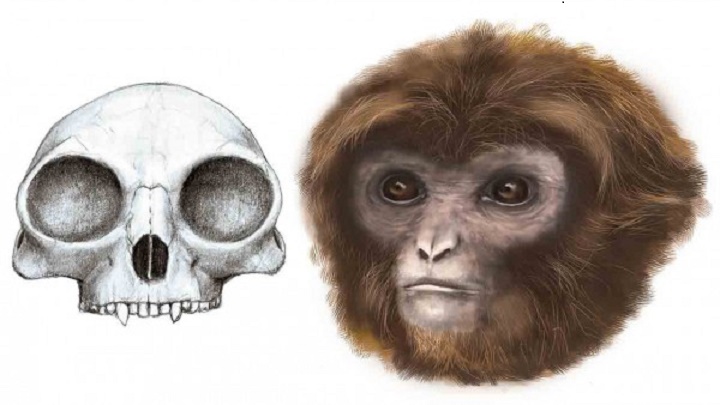
A fossil of a small monkey on the Iberian Peninsula in Spain force scientists to re-think about the gibbon primate family history.
The last common ancestor of apes and gibbon monkeys lived some 15-20 million years ago.
Gibbon and Human Ancestor
But scientists and paleontologists have previously assumed that these ancestors were probably large in stature. This, based on discoveries made in Africa of the genus proconsul, that has long been considered to be a very close common ancestor.
But now some findings just nearby Barcelona in Spain have shown that this may not be the case. The bone fragments from the site suggest that the last common ancestor may have been less like an ape and more like a gibbon.
A New Species
The fossil of this newly discovered species is however not a common ancestor, but rather considered a later-developed version of it. But it is deemed important since it
fills a gap in our evolutionary history. As it has elements of both apes and gibbons. Which suggest that it is closely related to the proconsul, which however lacks many of these features.
The approximately 70 bone fragments were actually found in 2011 beneath a garbage dump and consist of a nearly complete skull with teeth and a large part of a left arm from a female. This female lived 11.6 million years ago, an estimate based on the sediment layer it was found in.
The monkey is a previously unknown species that paleontologists have named Pliobates Catalonia. It was about the size as gibbons are today and weighed around five kilos .
Within the family of primates known as Hominoidea, we find human primates, apes, (Hominidae) and gibbon (Hylobatidae). The ape family includes orangutans, gorillas, chimpanzees, bonobo and humans.
All primates of the Homoioidea family have some common traits. They all lack a tail, they all have an upright gait and there is a number of similarities in the skull structure.
_____________
Miocene small-bodied ape from Eurasia sheds light on hominoid evolution
__________________________

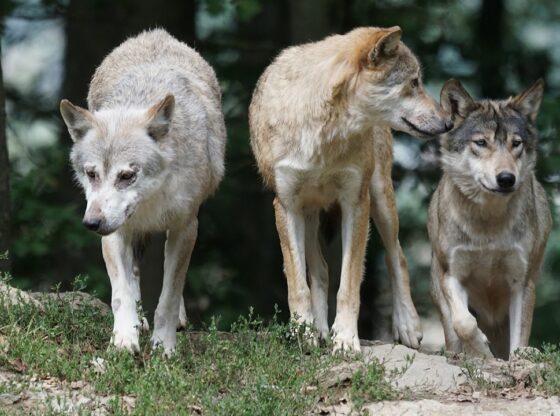
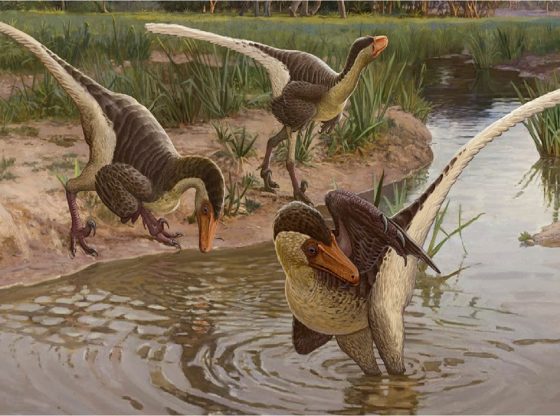


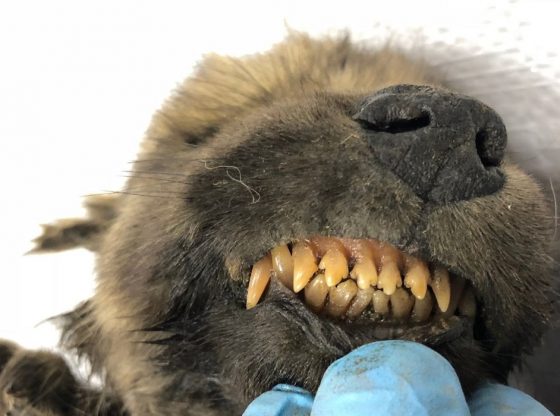
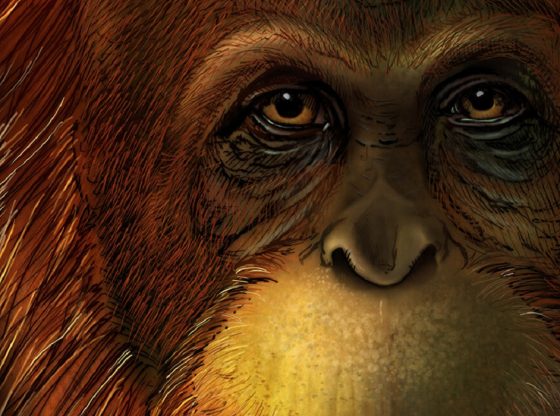
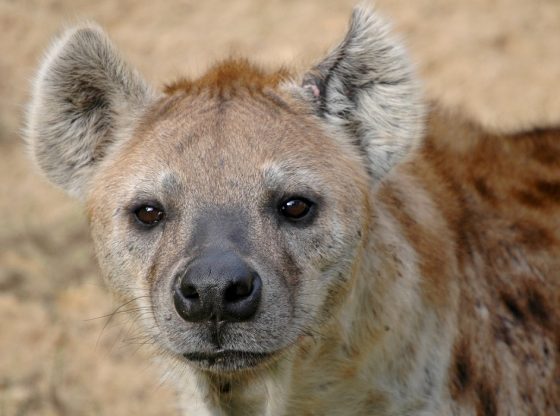
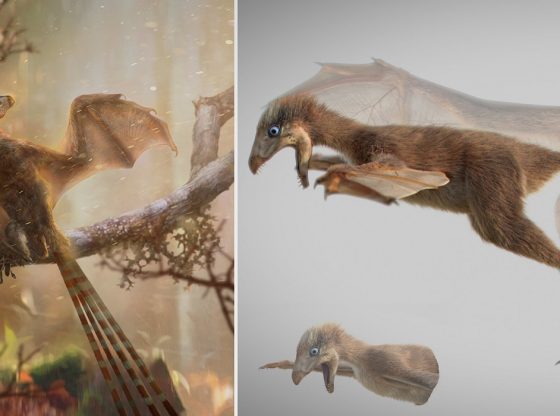
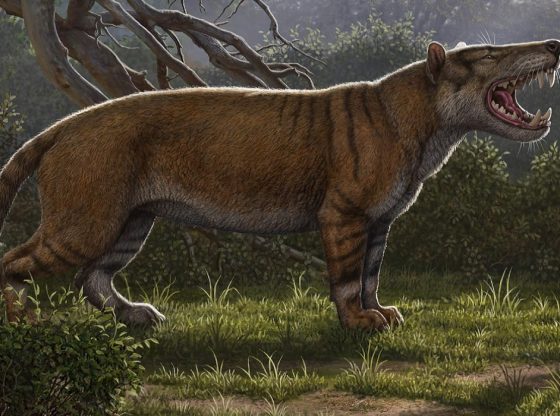
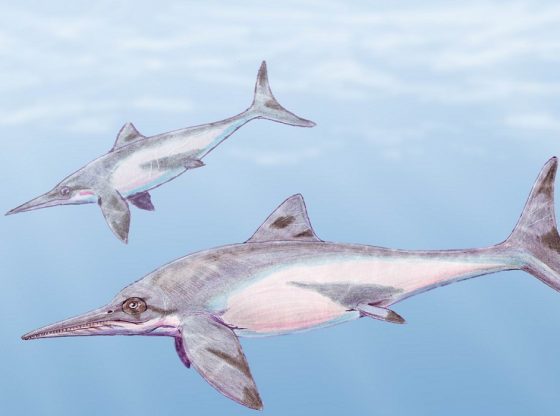
![OpenAI. (2025). ChatGPT [Large language model]. https://chatgpt.com](https://www.illustratedcuriosity.com/files/media/55136/b1b0b614-5b72-486c-901d-ff244549d67a-350x260.webp)
![OpenAI. (2025). ChatGPT [Large language model]. https://chatgpt.com](https://www.illustratedcuriosity.com/files/media/55124/79bc18fa-f616-4951-856f-cc724ad5d497-350x260.webp)
![OpenAI. (2025). ChatGPT [Large language model]. https://chatgpt.com](https://www.illustratedcuriosity.com/files/media/55099/2638a982-b4de-4913-8a1c-1479df352bf3-350x260.webp)








